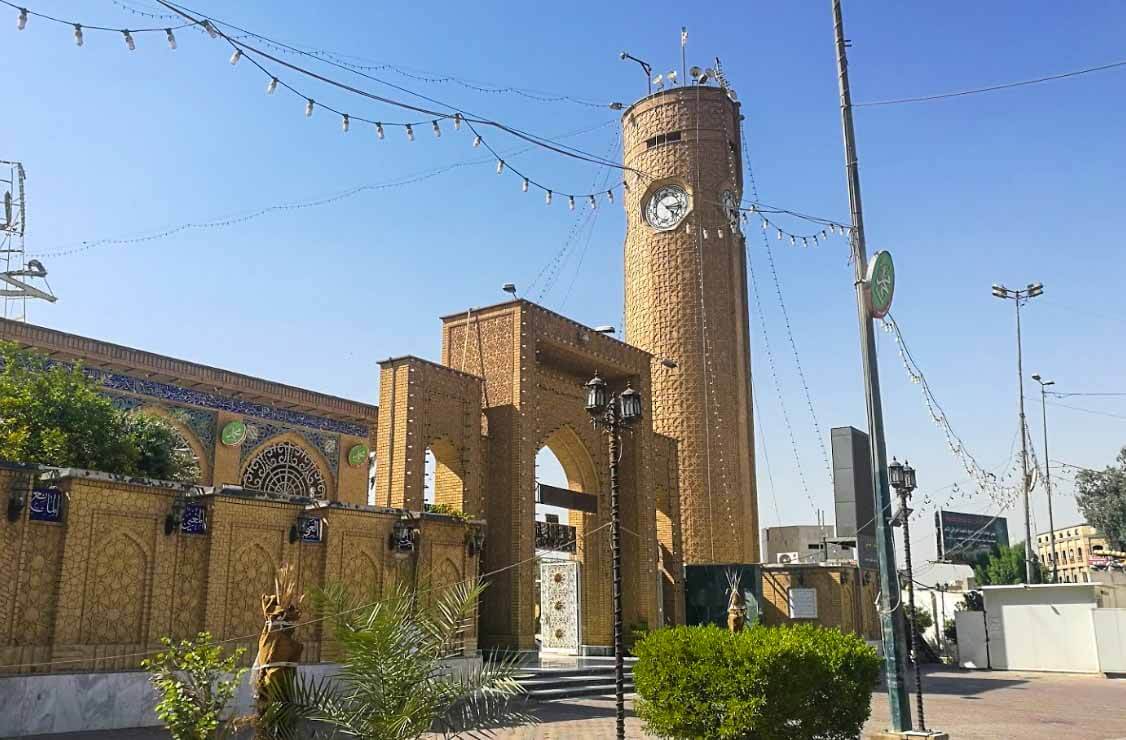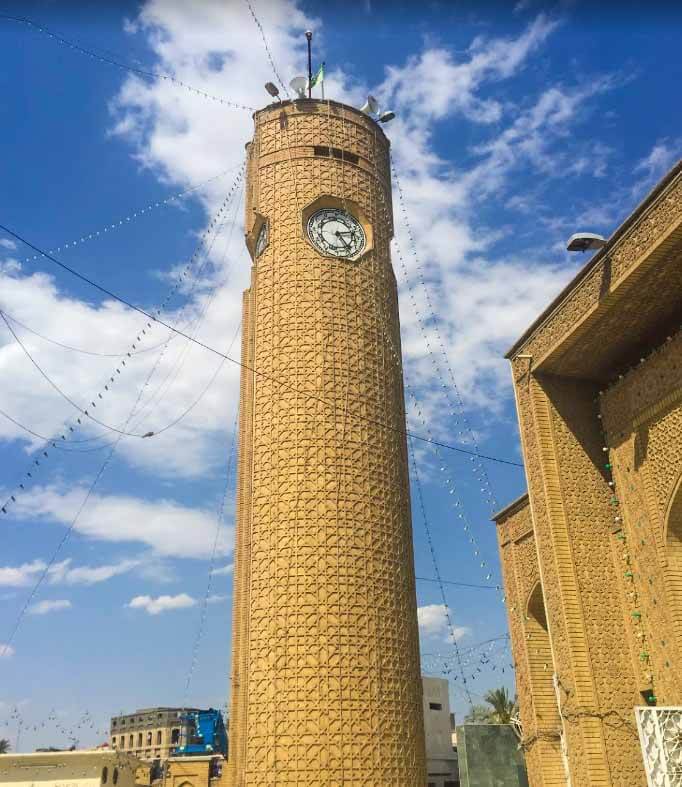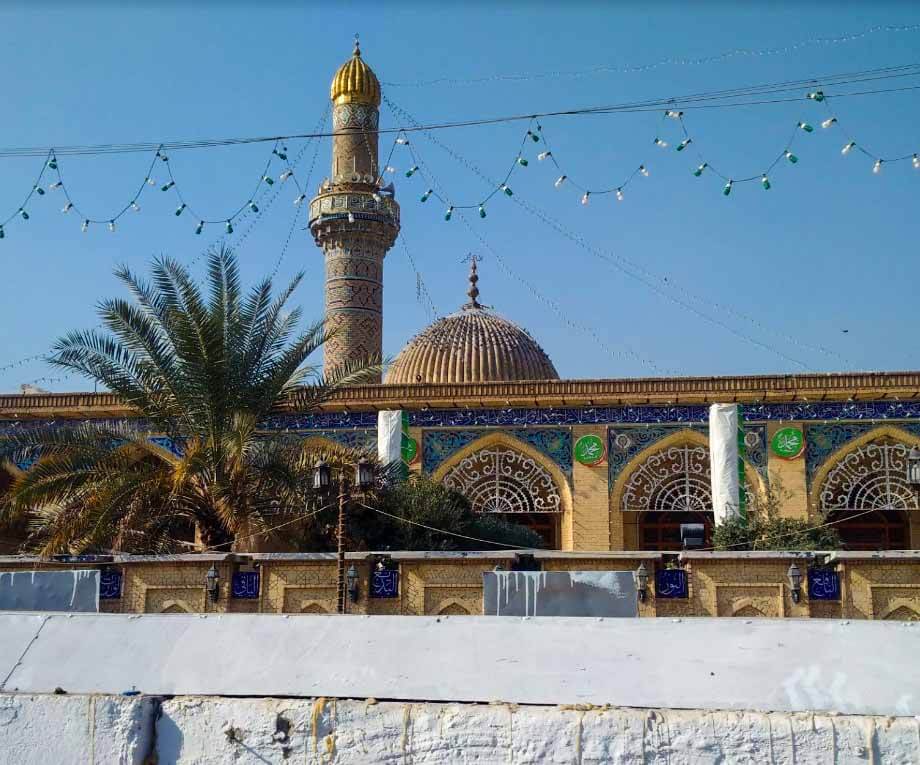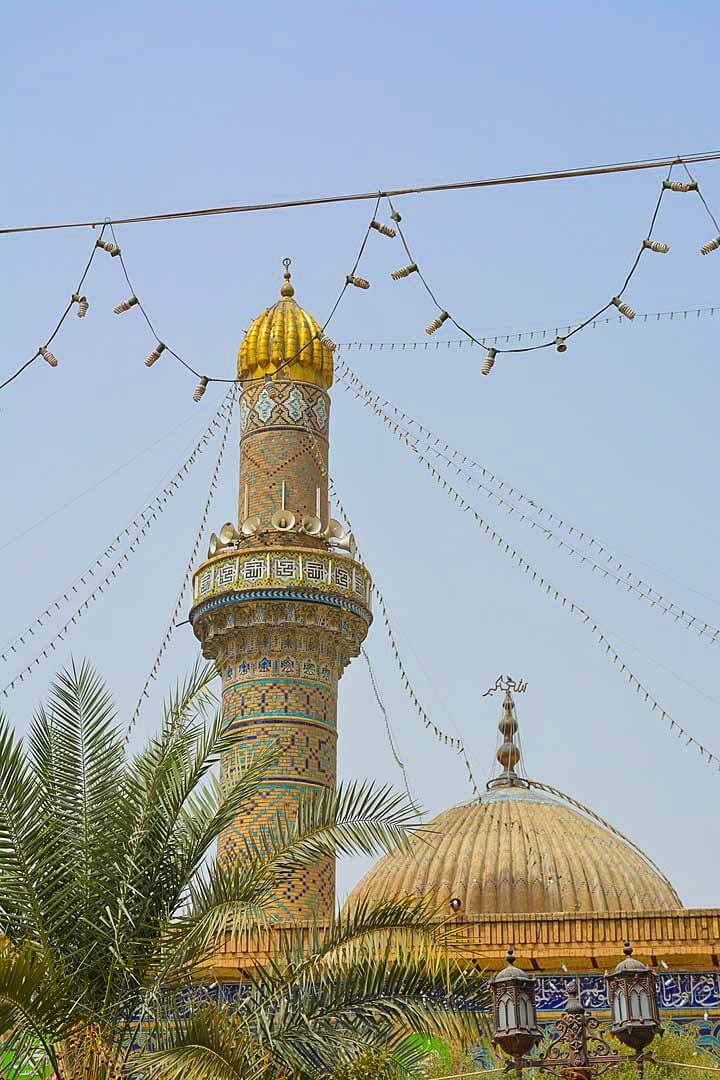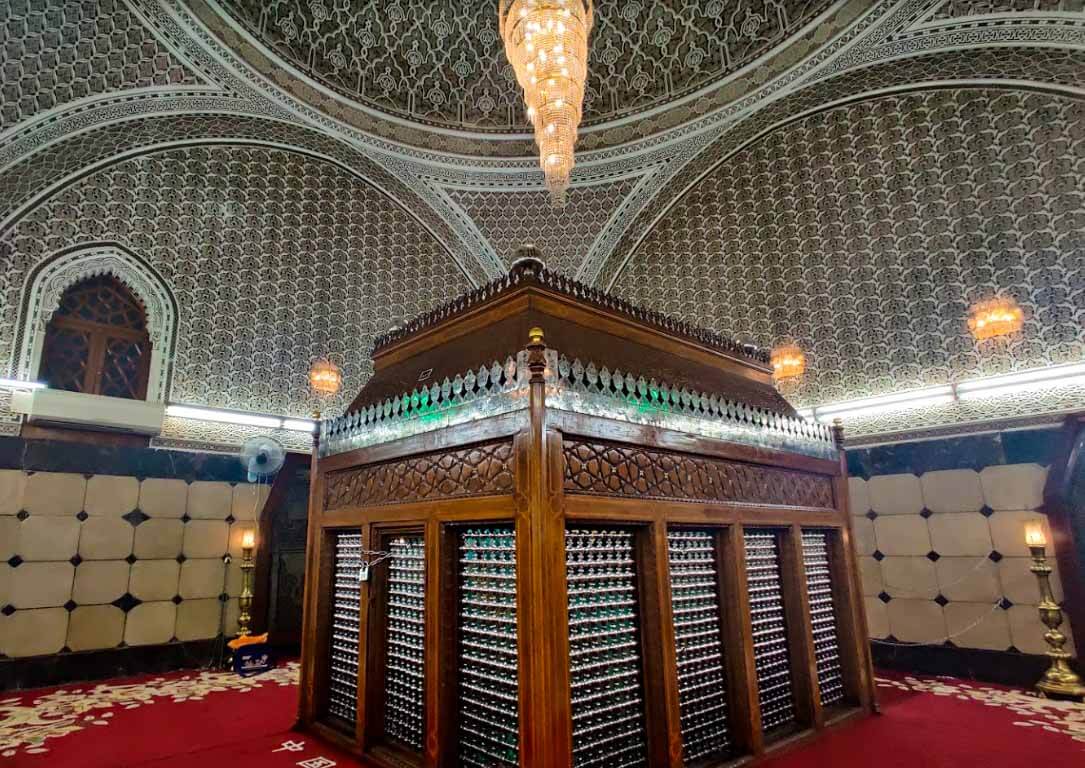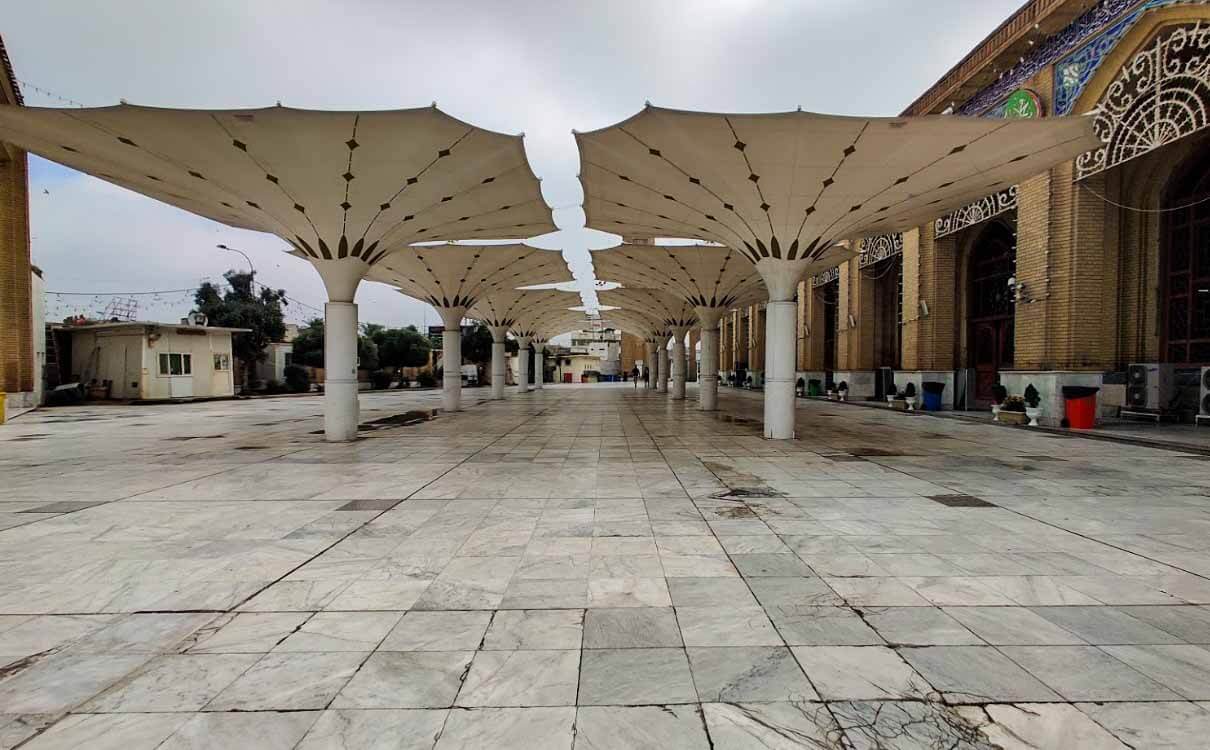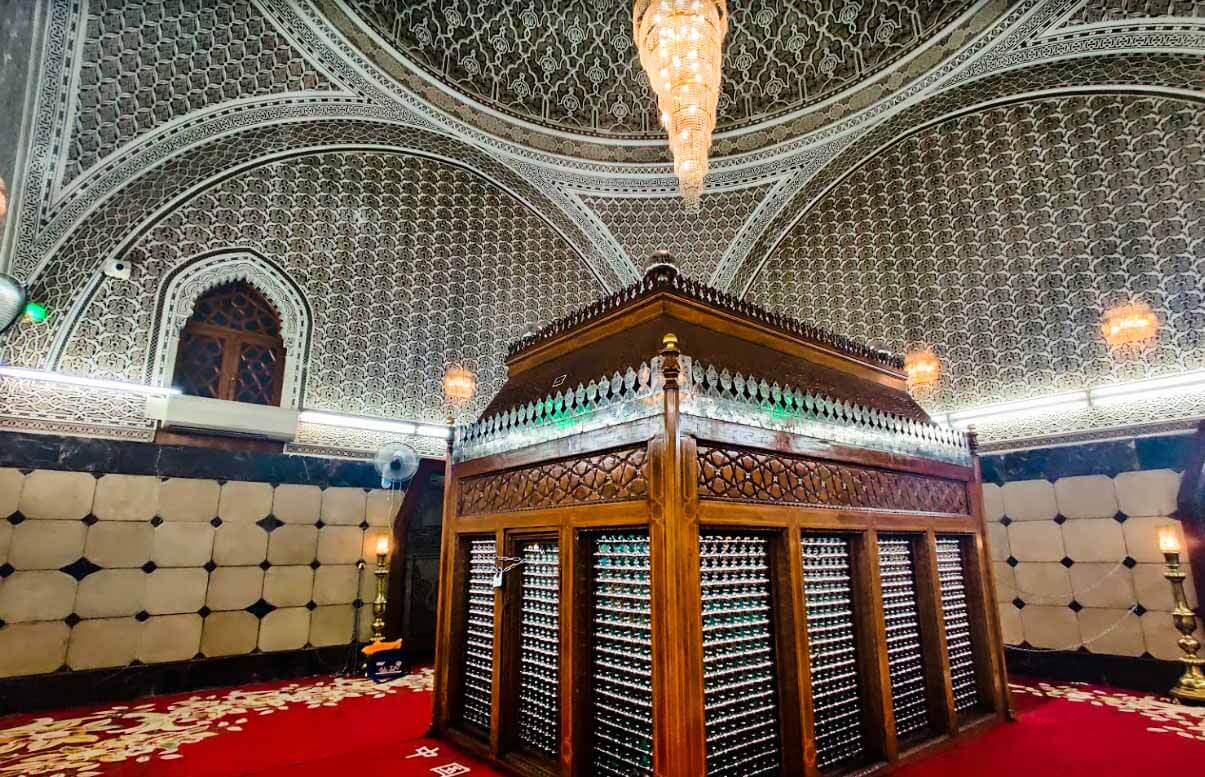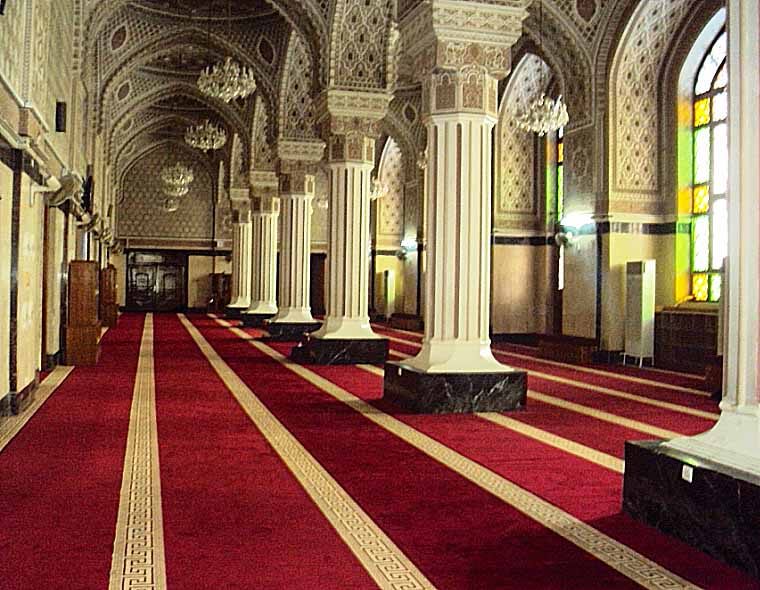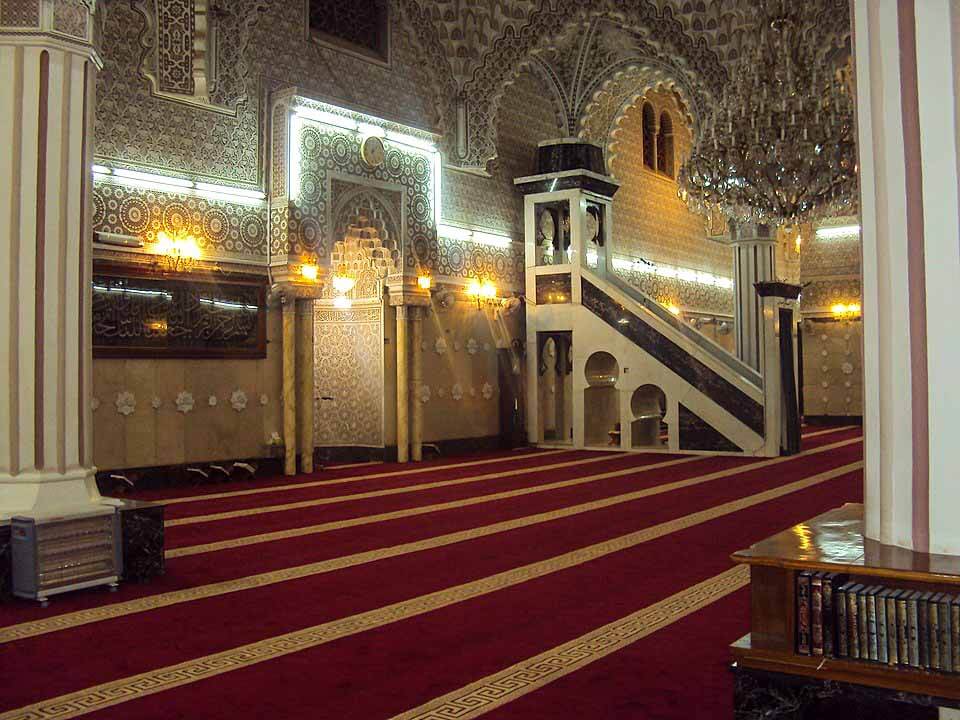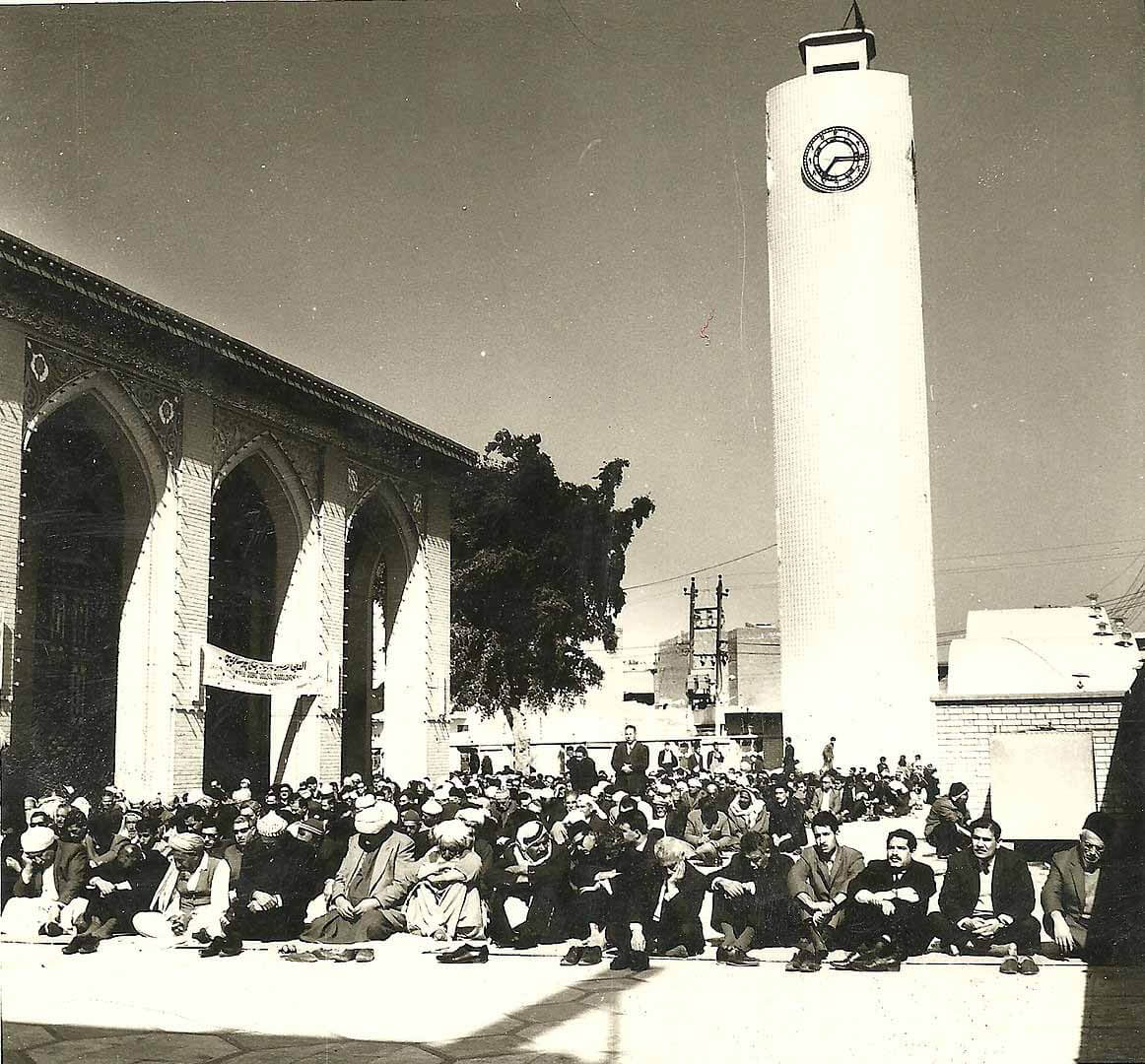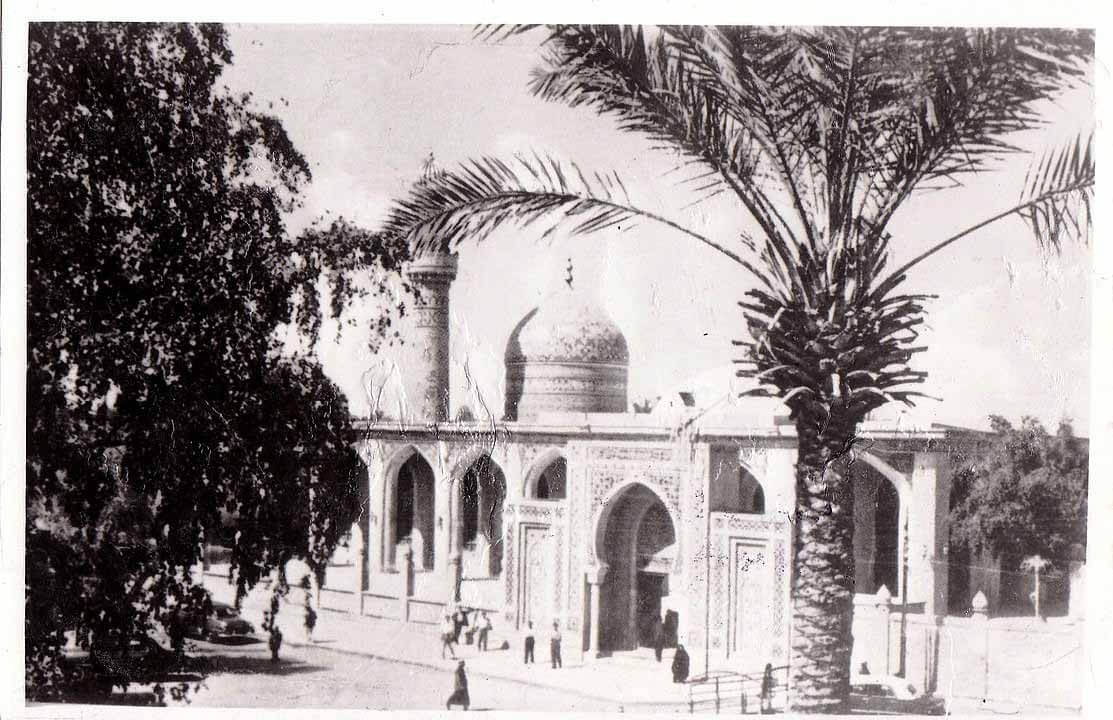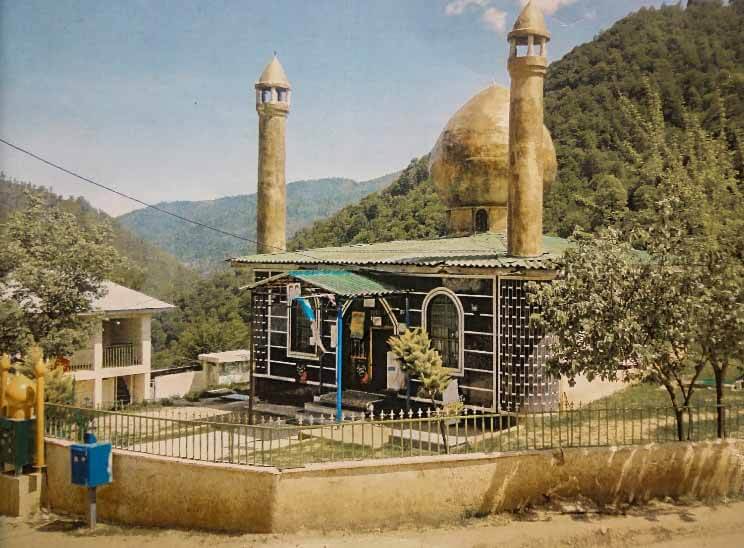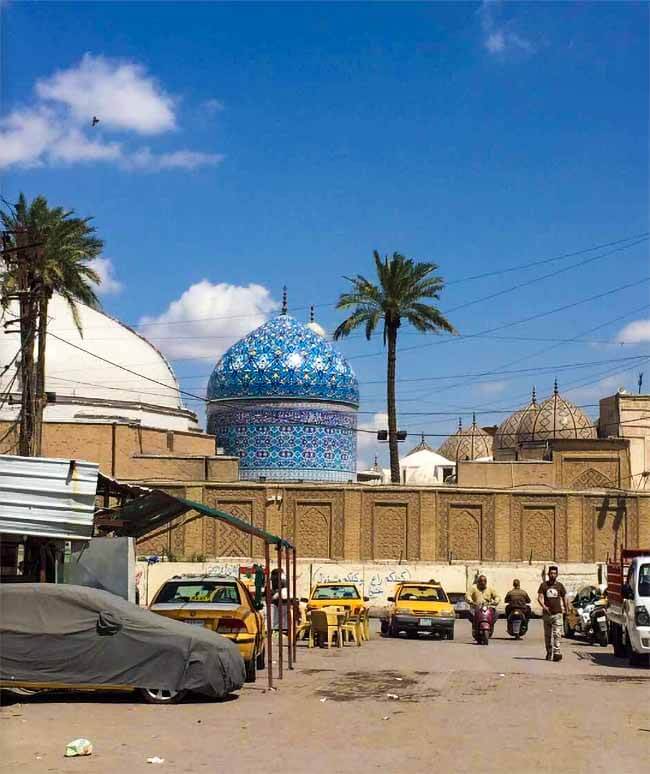Baghdad, Iraq
Coordinates: 33.371981, 44.358406
Imam Abu Hanifa رحمة الله عليه by Sunni Muslims, was an 8th-century Sunni Muslim theologian and jurist of Persian origin, who became the eponymous founder of the Hanafi school of Sunni jurisprudence, which has remained the most widely practiced law school in the Sunni tradition, predominates in Central Asia, Afghanistan, Persia (until the 16th century), Balkans, Russia, Chechnya, Pakistan, Bangladesh, Muslims in India, Turkey, and some parts of the Arab world.
He is often alluded as al-Imam al-Azam (“The Greatest Imam”) and Siraj al-a’imma (“The Lamp of the Imams”) in Sunni Islam.
He is also considered a renowned Islamic scholar and personality by Sunni Muslims.
Born to a Muslim family in Kufa, Imam Abu Hanifa رحمة الله عليه is known to have travelled to the Hejaz region of Arabia in his youth, where he studied under the most renowned teachers in Mecca and Medina sharif at the time.
As his career as a theologian and jurist progressed, Imam Abu Hanifa رحمة الله عليه became known for favoring the use of reason in his legal rulings (faqih dhu raʾy) and even in his theology.
Imam Abu Hanifa رحمة الله عليه ranks as one of the greatest jurists of Islamic civilization and one of the major legal philosophers of the entire human community.
He attained a very high status in the various fields of sacred knowledge and significantly influenced the development of Muslim theology. During his lifetime he was acknowledged by the people as a jurist of the highest calibre.
Outside of his scholarly achievements Imam Abu Hanifa رحمة الله عليه is popularly known amongst Sunni Muslims as a man of the highest personal qualities: a performer of good works, remarkable for his self-denial, humble spirit, devotion and pious awe of God.
His tomb, surmounted by a dome erected by admirers in 1066 is still a shrine for pilgrims. It was given a restoration in 1535 by Suleiman the Magnificent upon the Ottoman conquest of Baghdad.
The honorific title al-Imam al-A’zam (“the greatest leader”) was granted to him both in communities where his legal theory is followed and elsewhere. According to John Esposito, 41% of all Muslims follow the Hanafi school.
Anu Hanifa Mosque
The Imam Abu Hanifa رحمة الله عليه Mosque is one of the most prominent Sunni mosques in Baghdad, Iraq.
It is in the al-Adhamiyah district of northern Baghdad.
American troops damaged it on April 11, 2003: its clock tower was hit by a rocket.
Caliph Abu Ja’far al-Mansur offered Imam Abu Hanifa رحمة الله عليه to be Qadi al-qudat, chief judge, but he refused, which caused him being tortured and put in prison. He was lashed 110 lashes until he agreed.
Al-Mansur ordered Imam Abu Hanifa رحمة الله عليه to make fatwas that expand the caliph’s authority, which Imam Abu Hanifa رحمة الله عليه disagreed to do, leading him back to prison.
While he was in prison, Imam Abu Hanifa رحمة الله عليه died in 150 AH / 767 CE in Baghdad, either from being poisoned or from old age. He was buried in al-Khayzuran Cemetery, named after al-Khayzuran bint Atta that was buried in it, 23 years after Imam Abu Hanifa رحمة الله عليه was. It was said that his funeral was attended by 50,000 people, and was attended by al-Mansur himself.
Tomb chamber
Located under the main dome, the tomb chamber is a wide room. Imam Abu Hanifa رحمة الله عليه is buried in the middle of the room, his grave covered by a wooden Zarih with metal bars.


